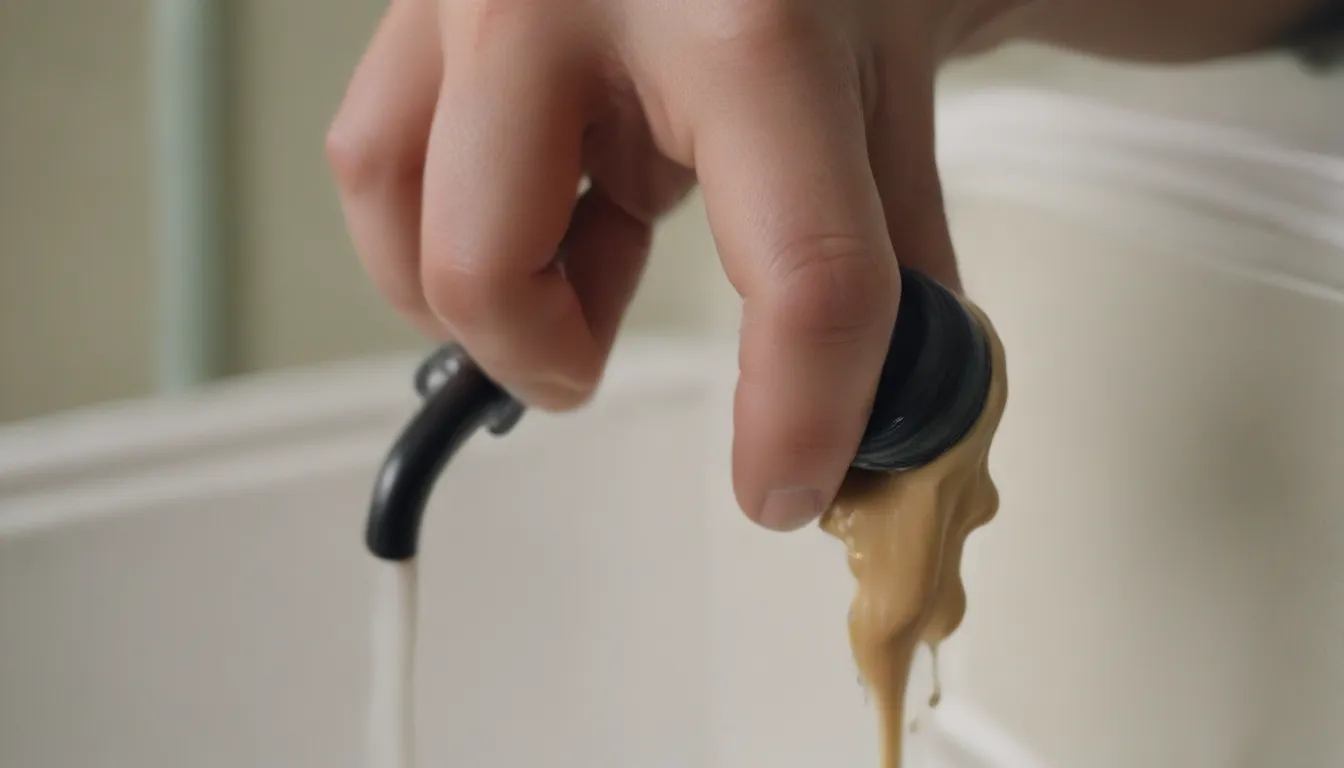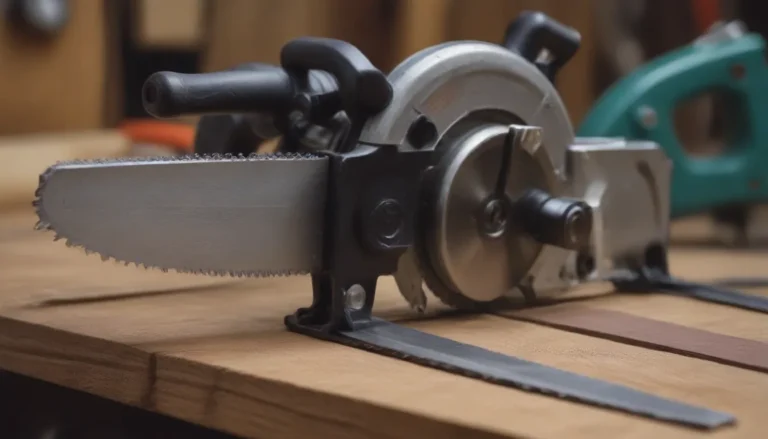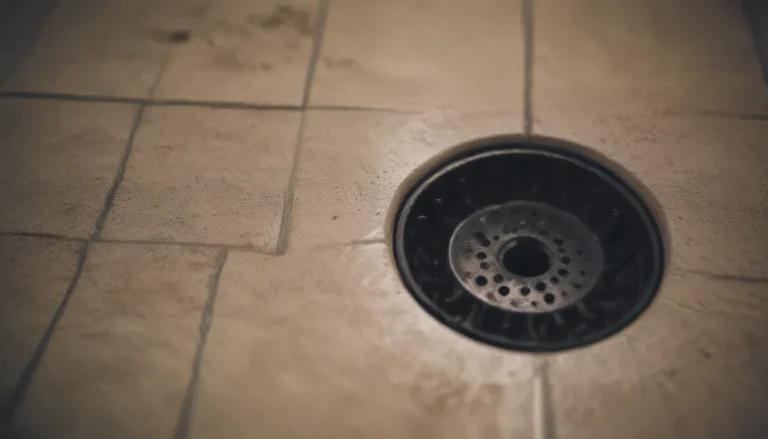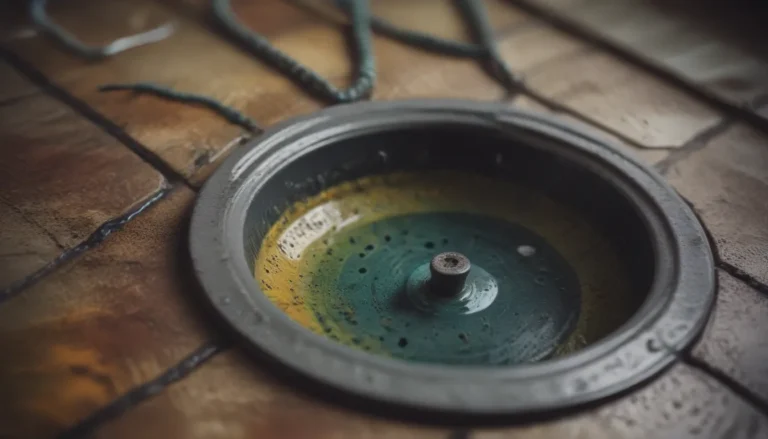The Ultimate Guide to Using Plumber’s Putty

Are you a DIY enthusiast looking to tackle some plumbing projects around your home? If so, plumber’s putty is a must-have tool that you’ll want to have in your arsenal. In this comprehensive guide, we’ll walk you through everything you need to know about plumber’s putty, from what it is to how to use it effectively. So let’s dive in and explore the wonderful world of plumber’s putty!
What Is Plumber’s Putty?
Plumber’s putty is a versatile sealing compound that is commonly used by plumbers to create watertight seals around faucets, drains, and other plumbing fixtures. Unlike caulk, plumber’s putty remains soft for a long period of time, making it an ideal choice for situations where you may need to remove or replace a fixture in the future. It is not an adhesive, so it won’t bond materials together, but it does provide an effective seal that prevents water leaks.
Why Use Plumber’s Putty
Plumber’s putty is an essential tool in any plumber’s toolbox for several reasons. Here are a few key benefits of using plumber’s putty:
- Maintains a watertight seal: Plumber’s putty remains soft and pliable, ensuring a tight seal that prevents water leaks.
- Easy to remove: Unlike silicone and other types of caulk, plumber’s putty can be easily removed without damaging the fixture or surface.
- Easy to work with: Plumber’s putty is dense and pliable, making it easy to shape and mold to fill gaps effectively.
Where to Use Plumber’s Putty
Plumber’s putty is commonly used in a variety of plumbing applications, including:
- Sealing around the base of faucets before installation
- Sealing sink strainers and pop-up drain fittings
- Sealing plumbing fixtures in kitchens and bathrooms
In many cases, manufacturers now provide gaskets to eliminate the need for plumber’s putty in certain installations. However, plumber’s putty remains a versatile and reliable option for creating watertight seals in a variety of plumbing projects.
How to Use Plumber’s Putty
Now that you understand the benefits of using plumber’s putty and where to use it, let’s walk through the steps for applying plumber’s putty effectively:
Make Putty Rope
- Scoop out a small amount of plumber’s putty from the container.
- Roll the putty between your palms to create a long rope-like shape.
- Ensure the rope is slightly larger than the gap you need to fill.
Place Putty Rope
- Lay the putty rope around the area you want to seal, ensuring it forms a continuous loop around the fixture.
- If the rope is too short, start over with a longer rope to avoid leaks.
- Trim off any excess putty at the end of the rope.
Press Rope Into Place
- Gently press the putty rope into place without flattening or deforming it.
- This will ensure a secure seal when you install the fixture.
Install Part
- Install the plumbing fixture as required.
- Tighten the fixture down to compress the putty and create a watertight seal.
- Wipe away any excess putty with your finger, and save any clean excess putty for future use.
Tips for Using Plumber’s Putty
While plumber’s putty is a valuable tool for many plumbing projects, there are a few important tips to keep in mind to ensure successful results:
- Do not use plumber’s putty in situations where adhesive strength is required.
- Avoid using plumber’s putty in exposed areas where a watertight seal is essential.
- Always read the manufacturer’s instructions when installing new fixtures to determine if plumber’s putty is recommended.
- Store plumber’s putty in a cool, dry place to extend its shelf life.
By following these tips and guidelines, you can make the most of plumber’s putty in your plumbing projects and achieve professional-quality results.
Conclusion
In conclusion, plumber’s putty is a versatile and essential tool for any DIY plumber. Its ability to create watertight seals and its ease of use make it a valuable asset in a variety of plumbing applications. By understanding how to use plumber’s putty effectively and following best practices, you can tackle plumbing projects with confidence and achieve long-lasting, leak-free results. So the next time you’re working on a plumbing project, be sure to reach for your trusty tub of plumber’s putty and get sealing!
Remember, when in doubt, consult a professional plumber for guidance on using plumber’s putty in specific applications. Happy plumbing!





